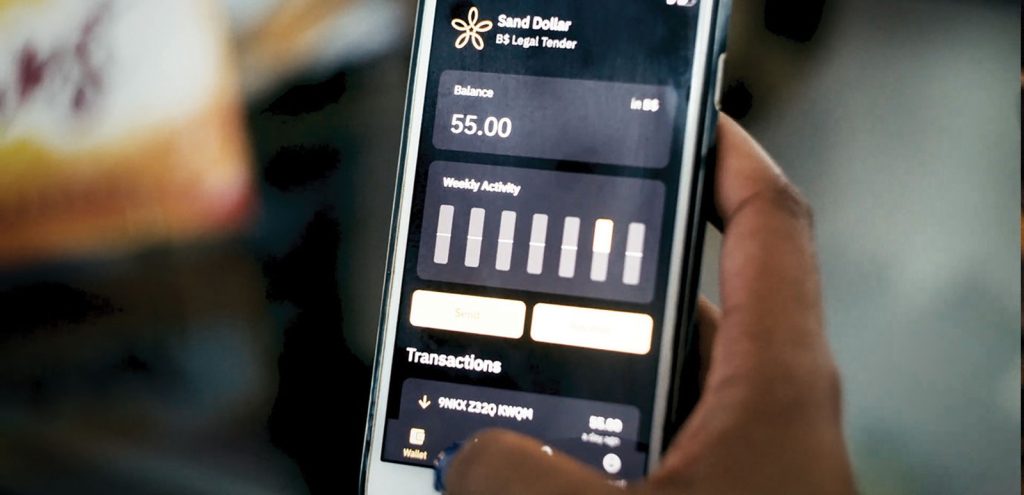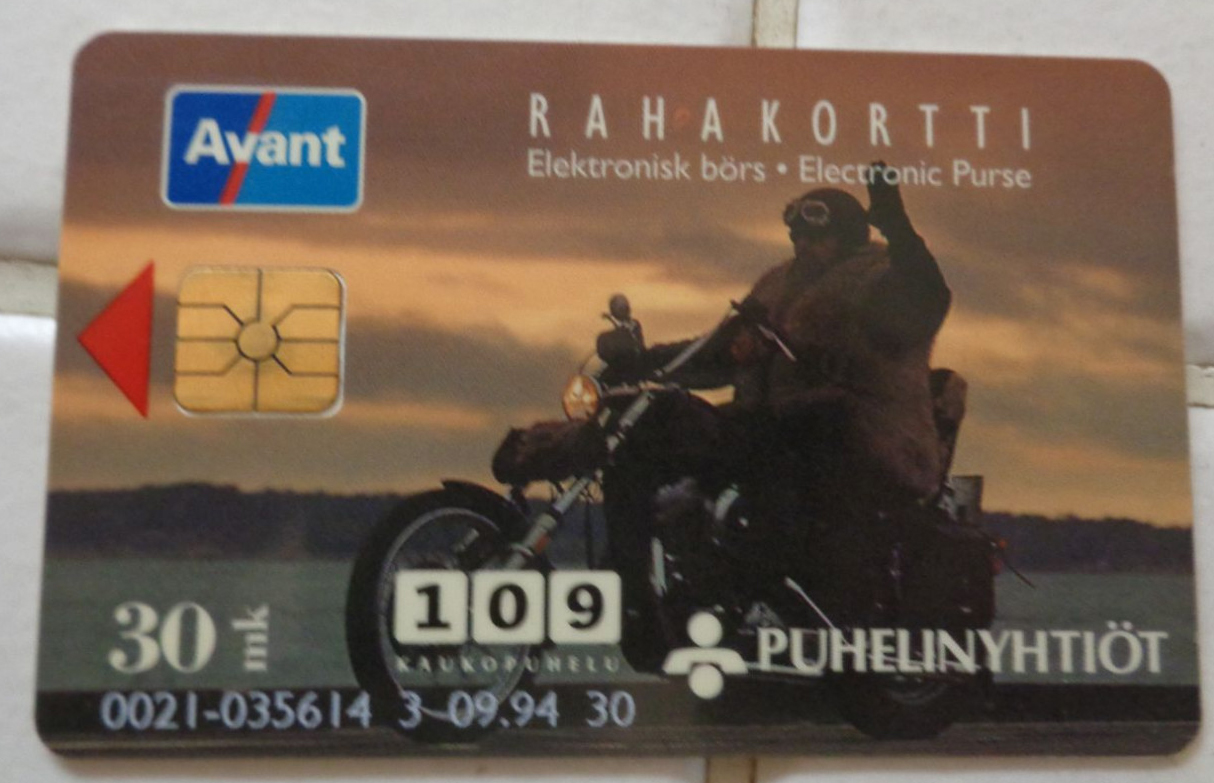In the dying embers of 2020, the Central Bank of The Bahamas lit a beacon of digital promise, setting the stage for a financial evolution that would redefine the archipelago’s economic landscape. On December 31, 2020, the Central Bank made a historic announcement, a proclamation echoed by financial institutions across the islands—the imminent arrival of the Sand Dollar.
As the clock struck midnight, ushering in the new year, the Central Bank’s proclamation reverberated through the corridors of financial institutions, signaling a paradigm shift in the way commerce would be conducted in The Bahamas. The Sand Dollar, a digital currency poised to reshape the economic narrative of the archipelago, was set to become a tangible reality for businesses and individuals alike.
The Central Bank’s advisory revealed a strategic timeline, forecasting the widespread integration of the Sand Dollar into the digital fabric of the nation during the first quarter of 2021. Financial institutions, eager to embrace this digital frontier, commenced the intricate process of integrating the Sand Dollar into their mobile wallet platforms.
For businesses and individuals who had already aligned themselves with a digital payments provider, the promise was one of seamless transition. The Sand Dollar, once the systems upgrades were completed by the providers, would seamlessly manifest within the familiar confines of their chosen digital environment. Early adopters, those who had enrolled with a digital wallet provider before the digital currency’s debut, found themselves at the forefront of this financial revolution.

Enrollment with a digital wallet provider was not merely an exercise in convenience; it was a strategic move that guaranteed immediate access to Sand Dollars as soon as the feature was activated. The Central Bank urged Sand Dollar authorized financial institutions (AFIs) to be transparent about their product development timelines, a move designed to empower customers with awareness of the anticipated activation of this digital currency.
The promise of interoperability became the linchpin of this digital revolution. All authorized wallet providers pledged to offer interoperable Sand Dollar services, allowing businesses and individuals to transact seamlessly across different digital wallets. However, not all providers adopted a uniform approach. Some opted for a two-phased development strategy, making the Sand Dollar available within their networks before achieving full interoperability with third-party wallets.
As 2021 dawned, the landscape saw a mosaic of progress. Six firms emerged victorious, having successfully navigated the cybersecurity assessment, securing clearance to distribute Sand Dollars within their proprietary mobile wallets. An additional three firms embarked on the cybersecurity assessment process, poised to complete their evaluations in the early months of the year. This second group included a credit union and a commercial bank, underlining the diversity of financial institutions embracing the Sand Dollar.

The Central Bank, cognizant of the need for public awareness, announced an acceleration of public education initiatives surrounding digital financial services in 2021. The cornerstone of this campaign was the launch of the www.SandDollar.bs website on January 4—a virtual portal inviting the public into the digital realm that would soon become an integral part of their financial lives.
The campaign gathered momentum, reaching a crescendo in the first quarter as interoperable digital currency access was enabled across multiple mobile wallet platforms. In January, the Central Bank unveiled further details on the regulatory framework for the digital currency, including minimum interoperability and financial inclusion standards.
As the Sand Dollar set sail on the digital seas of The Bahamas, the archipelago embarked on a journey into a new era of finance—one defined by innovation, interoperability, and inclusivity. The ripple effect of this digital tide promised to transform not just the way Bahamians transacted but also how they perceived and interacted with the very essence of currency. The Sand Dollar, with its digital imprint, had etched its place in the historical annals of The Bahamas, marking a chapter where tradition met technology, and the future of finance was inscribed in bits and bytes.



